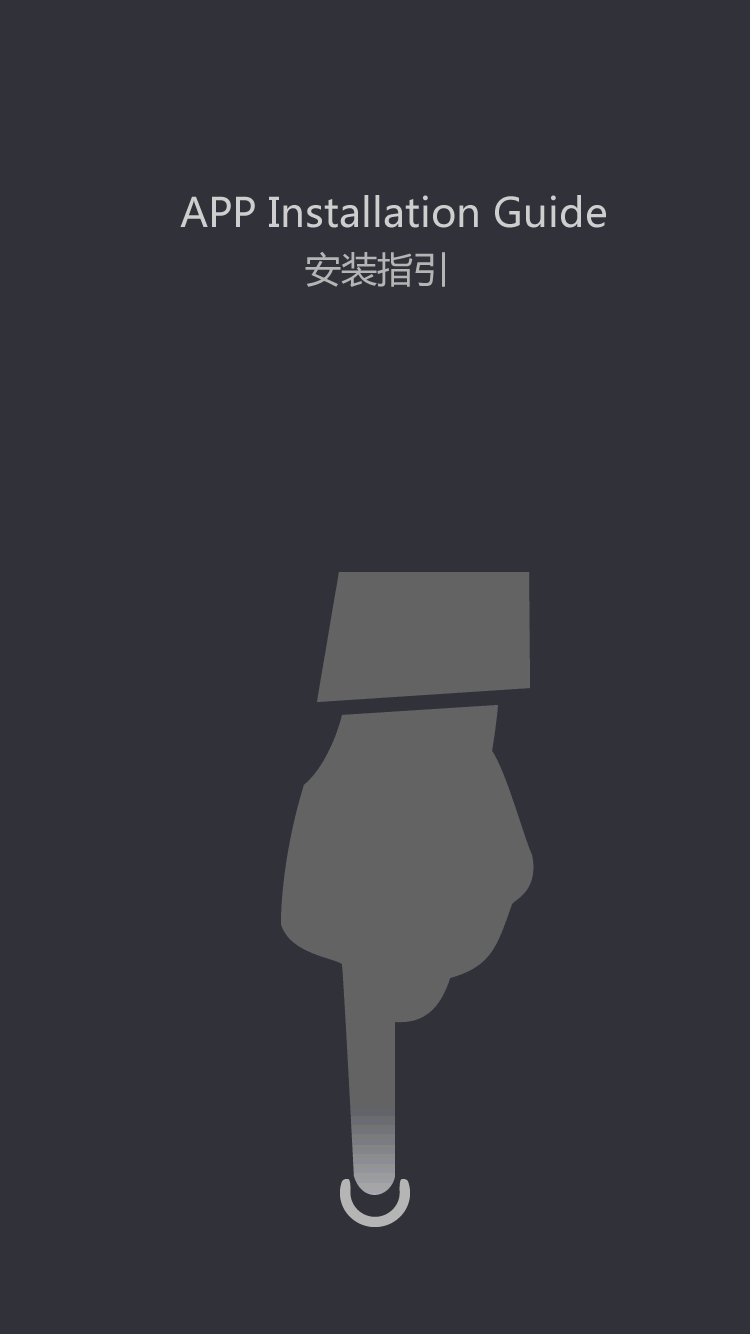How to Choose the Optimal Beam Angle for Your Radar Level Transmitter
How to Choose the Optimal Beam Angle for Your Radar Level Transmitter
Introduction
Understanding the importance of selecting the optimal beam angle for your radar level transmitter is crucial for accurate level measurement in industrial applications. The beam angle refers to the width of the radar signal emitted by the transmitter, which determines the coverage area and resolution of the measurement. In this article, we will delve into the factors that influence the choice of beam angle and guide you through the process of selecting the optimal one for your specific application.
I. Importance of Beam Angle in Level Transmitters
The beam angle plays a significant role in determining the accuracy and reliability of a radar level transmitter. Choosing an inappropriate beam angle can lead to inaccuracies, false readings, and inefficient operations. By understanding the crucial role of beam angles, you can ensure precise level measurements and optimize your industrial processes.
II. Factors Influencing Beam Angle Selection
A. Tank Size and Shape
The size and shape of the tank directly impact the choice of beam angle. Smaller tanks, such as those used for chemical storage, might require a narrow beam angle to accurately measure levels in confined spaces. On the other hand, larger tanks, such as those in oil refineries, may benefit from wider beam angles to cover a larger surface area. Additionally, irregularly shaped tanks might necessitate multiple beam angles to account for variations in level measurement across different regions.
B. Desired Level Measurement Accuracy
The required level measurement accuracy is another significant factor determining the optimal beam angle. Applications that demand high precision, such as custody transfer or inventory management, usually benefit from narrow beam angles. Conversely, processes where general level indication is adequate might opt for wider beam angles, which provide a broader overview of the tank contents.
C. Reflective Surfaces and Interference
The nature of the tank's contents or its surrounding environment can affect the beam angle selection. Reflective surfaces, such as agitated liquids or gases, can cause echo interference. In such cases, a narrower beam angle reduces the chances of false readings caused by multiple reflections within the tank. On the other hand, if the tank environment contains objects or structures that may obstruct the radar signal, a wider beam angle can help mitigate the blockages and ensure reliable measurements.
III. Available Beam Angle Options
Radar level transmitters commonly offer various beam angle options, allowing you to choose the one that best suits your application. The most common beam angle choices include narrow, medium, and wide angles. Narrow beam angles, typically between 3 to 10, provide high precision for small tanks or applications requiring focused measurements. Medium beam angles, ranging from 10 to 30, are commonly used for general level indication. Wide beam angles, typically above 30, are suitable for large tanks and applications where an overall view is more important than precise measurements.
IV. Selecting the Optimal Beam Angle
A. Consultation with Experts
When selecting the optimal beam angle for your radar level transmitter, it is advisable to consult with industry experts or experienced technicians. They can provide valuable insights based on their knowledge and experience, ensuring that you make an informed decision.
B. Consideration of Application Requirements
Evaluate the specific requirements of your application, such as tank size, desired accuracy, and environmental conditions. Understanding these factors will help narrow down the beam angle choices suitable for your needs.
C. Testing and Validation
Before implementing a radar level transmitter with a specific beam angle, conduct thorough testing and validation to ensure its effectiveness in your application. This process helps identify any potential issues and allows for adjustments or alternations if required.
V. Conclusion
Choosing the optimal beam angle for your radar level transmitter is crucial for accurate and reliable level measurements. Factors such as tank size, desired accuracy, and environmental conditions play a significant role in determining the ideal beam angle. By considering these factors, seeking expert advice, and conducting thorough testing, you can ensure the selection of a suitable beam angle that meets your application requirements.
Guangdong Kaidi Energy Technology Co., Ltd. will continue to build a corporate culture that respects and values the unique strengths and cultural differences of our associates, customers and community.
If level gauge isn't meeting your needs, or you just want to see what else is out there, check out these content monitoring alternatives Kaidi level indicator.
The unique connections between level gaugemanufacturing and customers happen when you find ways to relate on a more personal and engaging level that goes beyond a product.
Lucky to know that you are not alone in the face of customized level indicator issue. Let Guangdong Kaidi Energy Technology Co., Ltd. be your selected level gauge expert in providing first class to help you out.
The customized level indicator level gauge has significantly numerous benefits over other customized level indicator systems, which makes it first choice for customized level indicator.




































































































